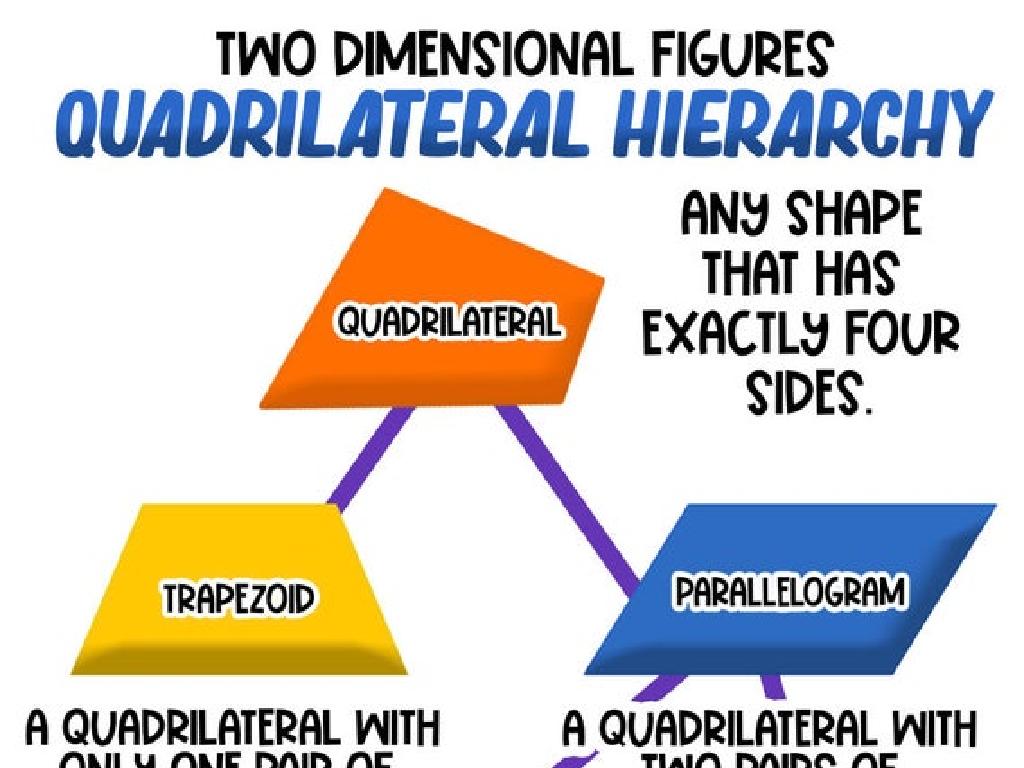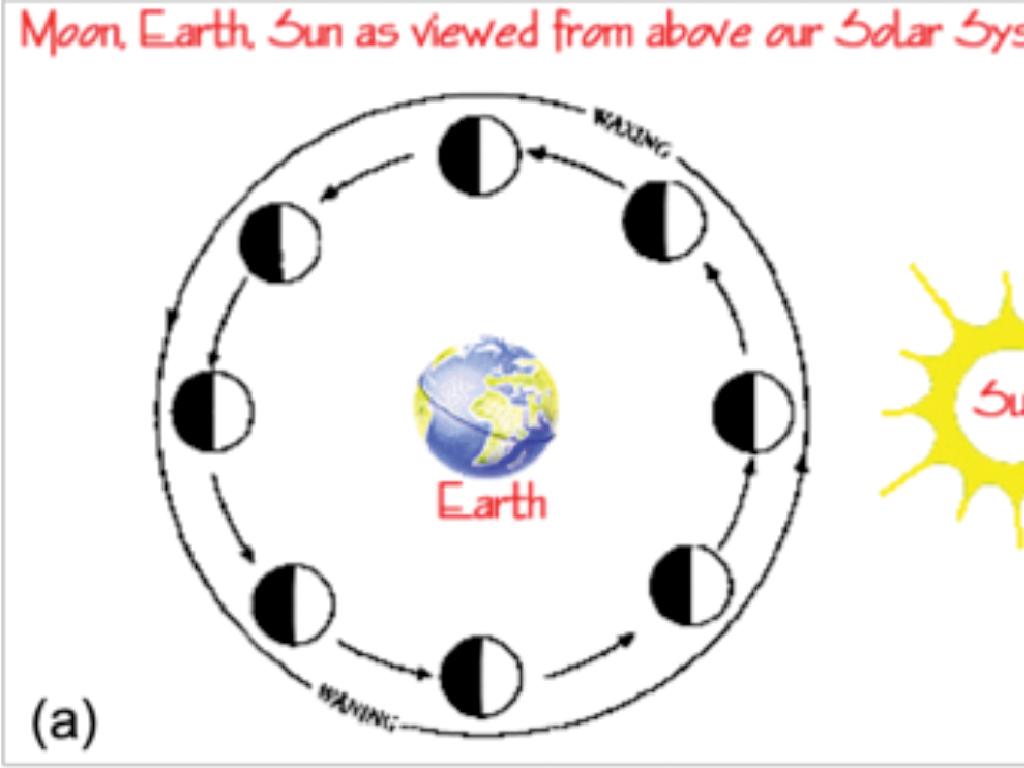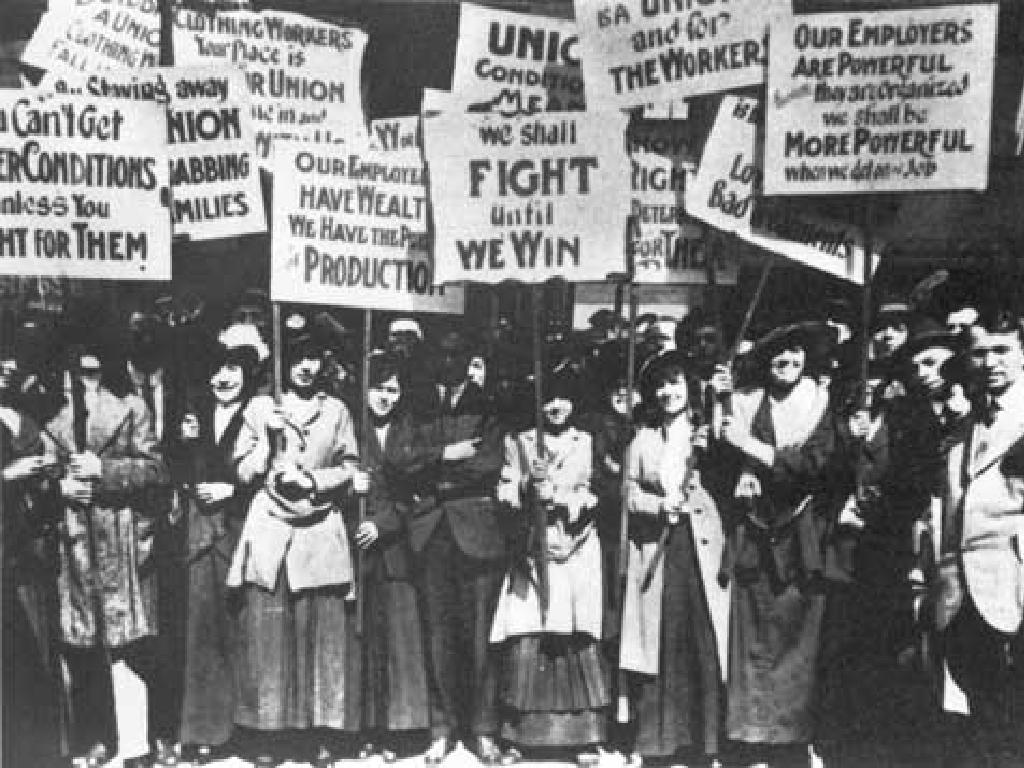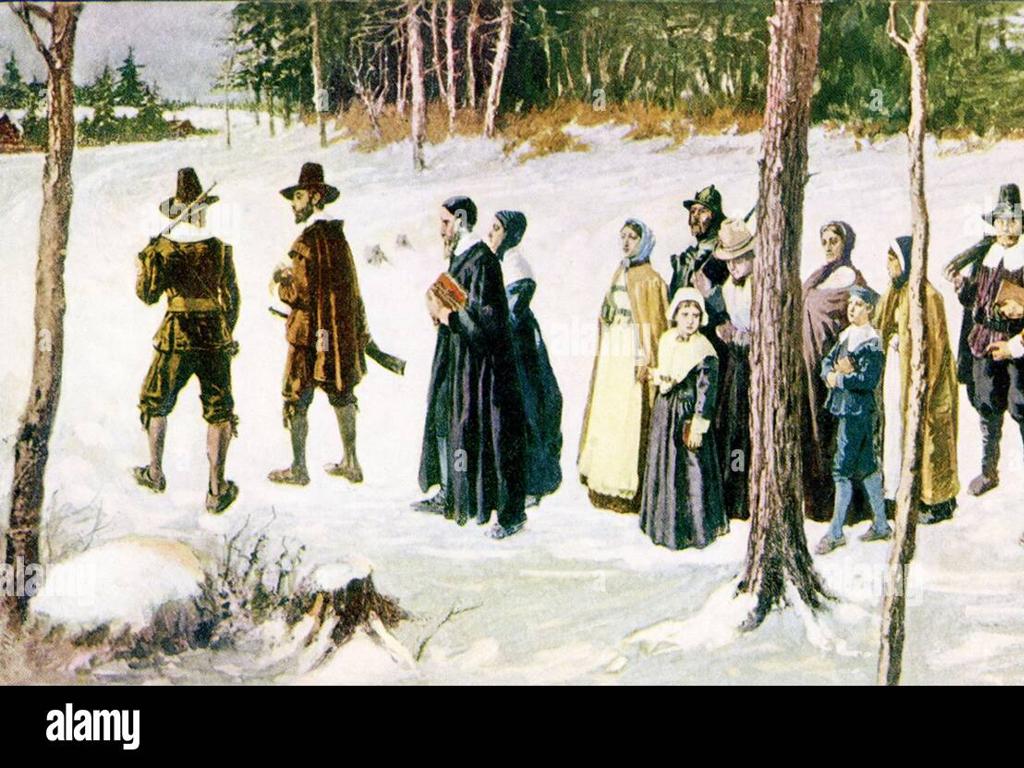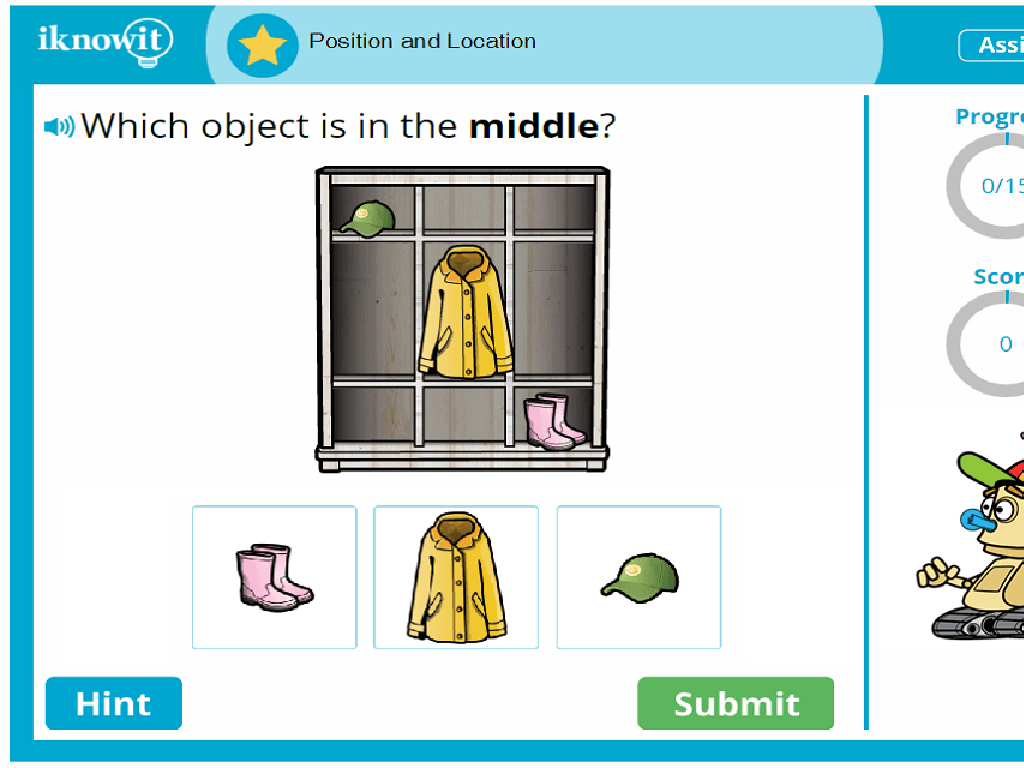Convert Between Place Values - Ones, Tens, And Hundreds
Subject: Math
Grade: Second grade
Topic: Place Value
Please LOG IN to download the presentation. Access is available to registered users only.
View More Content
Welcome to Place Values!
– Learn Ones, Tens, and Hundreds
– Ones are single units, Tens are 10 units, Hundreds are 100 units
– Importance of Place Value
– Place value helps us understand the value of a digit in a number
– Converting between Place Values
– Use grouping to convert: 10 ones make a ten, 10 tens make a hundred
– Today’s Learning Goal
|
This slide introduces the concept of place values, which is fundamental to understanding numbers and math operations. Start by explaining that the position of a digit in a number determines its value. Emphasize that ones, tens, and hundreds are building blocks of our number system. Illustrate with examples, such as grouping objects to show how ten ones combine to form a ten, and ten tens combine to form a hundred. The learning goal is to ensure students can confidently convert between ones, tens, and hundreds by the end of the lesson. Use manipulatives like blocks or beads to visually demonstrate the conversion process, and prepare simple exercises for practice.
Understanding Place Value
– What is place value?
– It’s the value of where a digit is in a number.
– Value increases by 10 times
– Each step to the left increases value 10x.
– Visualize with place value blocks
– Blocks represent ones, tens, hundreds.
– Practice with examples
|
This slide introduces the concept of place value, which is fundamental in understanding how numbers are built and how to perform basic arithmetic. Emphasize that the position of a digit in a number determines its value, and as we move left, each place is 10 times greater than the one to its right. Use place value blocks to give a tangible example of ones, tens, and hundreds, helping students visualize the concept. Include simple examples like converting 10 ones into 1 ten, or 10 tens into 1 hundred. Encourage students to build numbers using blocks to reinforce the concept.
Understanding Place Values: The Ones
– The ones place in numbers
– It’s the first digit to the right of the decimal point
– Represents single units
– Each one place block stands for 1 unit
– Count using ones blocks
– Use blocks to count 1, 2, 3… up to 9
– Importance of the ones place
|
This slide introduces the concept of the ones place value, which is fundamental in understanding the base-ten system. Emphasize that the ones place is the starting point for counting and is the first digit to the right of the decimal point. Explain that each block represents a single unit and can be used to visually count from 1 to 9. Reinforce the idea that the ones place is the building block of larger numbers and sets the foundation for understanding tens and hundreds. Activities can include using physical or virtual blocks to count and group ones, and exercises that involve writing numbers and identifying the ones place.
Understanding the Tens Place
– The position of the tens place
– It’s the second spot to the left of the decimal point
– One ten equals 10 ones
– 10 individual ones combine to make a ‘ten’
– Grouping ones to form tens
– Like bundling 10 straws together makes 1 bundle of ten
– Practice with place value blocks
|
This slide is aimed at helping second-grade students understand the concept of the tens place in a number. Emphasize that the tens place is always the second digit from the right or the first digit to the left of the decimal. Explain that ‘ten’ is not just a number but also a group of 10 ones. Use physical objects like place value blocks or bundles of straws to visually demonstrate the grouping of ones into tens. Encourage students to practice with examples, such as converting 10 ones into 1 ten and vice versa, to solidify their understanding of place value.
Understanding the Hundreds Place
– What is the hundreds place?
– It’s the third digit to the left of the decimal point
– 100 equals 10 tens or 100 ones
– For example, in 100, there are 10 groups of 10 tens or 100 single ones
– Visualize with place value blocks
– Blocks represent ones, tens, and hundreds visually
– Practice converting hundreds
– Convert 300 into tens and ones for better understanding
|
This slide introduces students to the concept of the hundreds place in the base-ten number system. Emphasize that the hundreds place is important for understanding larger numbers and is located three places to the left of the decimal. Use place value blocks to help students visualize the concept of hundreds, tens, and ones. This will aid in their comprehension of how 100 is equivalent to 10 tens or 100 ones. Encourage students to practice converting between hundreds, tens, and ones to solidify their understanding. For example, ask them how many tens are in 300 or how many ones are in 200. This practical application helps reinforce the concept.
Converting Ones to Tens
– Understanding 10 ones equal 1 ten
– Visual example with blocks
– Imagine 10 single blocks stacked to form a ten rod
– Hands-on practice with blocks
– Use blocks to group 10 ones into a ten
– Reinforce concept through activity
|
This slide introduces the concept of place value conversion from ones to tens, which is fundamental in understanding the base-10 number system. Start by explaining that just like 10 pennies make a dime, in place value, 10 ones combine to make 1 ten. Show a visual example using blocks or other manipulatives to illustrate this concept. Then, engage students in a hands-on activity where they group sets of 10 single blocks into ‘ten rods’ to solidify their understanding. This tactile approach helps students grasp the abstract concept of place value. Encourage them to explain the process to a partner to further reinforce the concept. The activity can be varied by using different items such as beads or counters to represent ones.
Converting Tens to Hundreds
– 10 tens equal 1 hundred
– Visualize with ten rods
– Imagine stacking 10 ten rods to form a large square, which represents a hundred.
– Practice with block conversion
– Use blocks to group tens and convert them into hundreds.
– Understand place value importance
|
This slide is aimed at helping second-grade students understand the concept of place value, specifically converting tens to hundreds. Start by explaining that just like 10 ones make a ten, 10 tens make a hundred. Use visual aids like ten rods and hundred flats to illustrate this point. During the activity, provide students with blocks or other manipulatives to physically group ten sets of ten to form one hundred, reinforcing the concept. Emphasize the importance of place value in understanding larger numbers and its role in math operations. Prepare to guide students through hands-on practice and answer any questions they may have about the conversion process.
Converting Place Values: Hundreds to Tens and Ones
– 1 hundred equals 10 tens
– 1 hundred equals 100 ones
– Numbers are flexible in place value
– Understand that the same number can be shown in different ways using place value
– Practice breaking down hundreds
– Example: 300 can be 30 tens or 300 ones
|
This slide introduces the concept of converting hundreds into tens and ones, which is a fundamental aspect of understanding place value. Emphasize to students that numbers can be represented in different forms but still hold the same value. For instance, 1 hundred is the same as 10 tens or 100 ones. Use visual aids like place value charts or blocks to help students grasp this concept. During practice, encourage students to break down numbers from hundreds into tens and ones to see the flexibility of numbers in place value. This will help them understand that although the form of the number changes, its value remains constant. Provide several examples and allow students to try converting numbers on their own or in small groups.
Let’s Practice Place Values!
– Interactive conversion examples
– We’ll use examples to learn how to change hundreds to tens, and tens to ones.
– Group activity with blocks
– In groups, use blocks to represent 100s, 10s, and 1s and convert between them.
– Individual worksheet practice
– On your worksheet, convert numbers into blocks and vice versa.
– Understanding conversions
|
This slide is designed for an interactive class activity to help students understand the concept of place values and how to convert between ones, tens, and hundreds. Begin with guided examples on the board, showing how to convert numbers from one place value to another. Then, have students work in groups using place value blocks to physically manipulate and visualize the conversion process. After the group activity, provide individual worksheets where students can practice converting numbers to and from place value blocks. This will reinforce their understanding through hands-on learning and individual practice. Be prepared with additional examples for students who finish early or require extra help.
Place Value Trading Game
– Start with ones, tens, and hundreds blocks
– Trade blocks to show the same number
– Discover multiple representations
– For example, 10 ones can be traded for 1 ten block
– Goal: Learn place value flexibility
|
This interactive class activity helps students understand the concept of place value by physically manipulating blocks representing ones, tens, and hundreds. Students will start with a random mix of these blocks and are encouraged to trade with their classmates to find different combinations that represent the same total number. The goal is for students to realize that numbers can be constructed in various ways using place value, which is a fundamental concept in mathematics. For instance, they can trade ten ‘ones’ blocks for a ‘ten’ block or combine two ‘tens’ blocks to exchange for a ‘hundred’ block. This hands-on experience reinforces their understanding of how numbers are built and the relationship between different place values. Possible variations of the activity could include challenging students to find the most number of ways to represent a given number, or to represent a number using the least number of blocks possible.
Place Value Wrap-Up
– Recap place value importance
Understanding place value helps in math like addition, subtraction.
– Review ones, tens, hundreds
How to group by tens to make a hundred or break a hundred into ones.
– Engage in Q&A session
– Reinforce learning with examples
Let’s look at examples like 100 ones = 10 tens = 1 hundred.
|
As we conclude, remind students that place value is the foundation of our number system and is crucial for understanding math operations. Review the methods for converting between ones, tens, and hundreds, emphasizing the concept of grouping and expanding numbers. During the Q&A, clarify any doubts and reinforce the day’s learning. Use examples like converting 100 ones into 10 tens or 1 hundred to solidify their understanding. Encourage students to come up with their own examples and share them with the class. This interactive wrap-up will help assess their grasp of the concept and address any lingering confusion.

